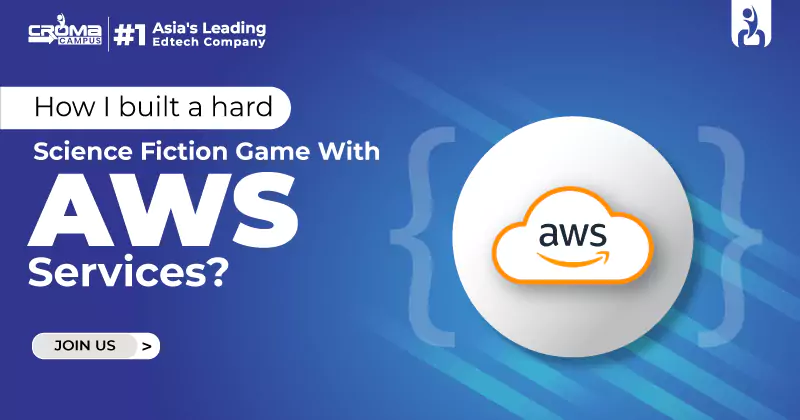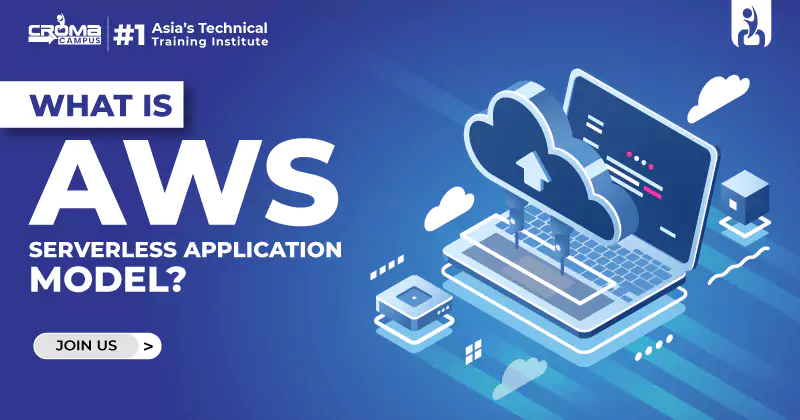How To Pass The AWS Cloud Practitioner Exam?
4.8 out of 5 based on 4875 votesLast updated on 20th Jan 2024 12.9K Views
- Bookmark

Unlock the essentials of AWS Cloud with the AWS Cloud Practitioner Exam. Master foundational concepts for success in cloud computing.

The AWS cloud practitioner practice exam is a highly recognized credential and passing it can offer you numerous high-paying jobs in the AWS domain. This entry-level credential ensures that you have the AWS platform's foundational knowledge and services. Gaining this AWS Course Online Certification can be a bit challenging for beginners but you can achieve it with proper training and constant effort.
- Start with AWS Training Lessons.
- Consult the AWS Certified Cloud Practitioner Certification Exam Guide.
- Get Familiar with the Subject Areas.
- Go through AWS Whitepapers.
- Take Cloud Practitioner Practice Test.
- Schedule the Exam and Get Certified.
What is the AWS Cloud Practitioner Exam?
The AWS-certified cloud practitioner exam is the first step toward entering the AWS career field. This is a 90-minute certification exam and it consists of 65 multiple-choice or multiple-response questions. The primary objective of this exam is to check your high-level understanding of subjects included in the AWS Cloud. Apart from these, given below are the objectives of the AWS Cloud Practitioner Certification exam.
- It ensures that you understand the AWS shared responsibility model.
- You are capable of understanding the AWS Cloud security best practices.
- You know the AWS Cloud costs, economics, and billing practices.
- You are capable of describing the core AWS services.
- Capable of identifying AWS services for common use cases.
AWS Cloud Practitioner Exam Questions
01. A cloud practitioner wants to incorporate AWS service capabilities straight into a new application they are creating. For this aim, which of the following is the BEST tool?
- a) AWS Command Line Interface (CLI)
- b) AWS CodeDeploy
- c) AWS Software Development Kit
- d) AWS CodePipeline
02. Which routine chores may AWS handle for its clients when running apps on the AWS Cloud?
- a) Taking a backup of a database
- b) Patching database software
- c) Application source code auditing
- d) Application security testing
- e) Creating a database schema
03. Which of the following services requires operating system patches from customers using AWS services?
- a) AWS Fargate
- b) Amazon DynamoDB
- c) Amazon EC2
- d) AWS Lambda
04. Which of the following services can assist in meeting the performance pillar's requirements for guaranteeing low latency access to video content hosted globally in a single S3 bucket?
- a) Use AWS CloudFront to cache the video content closer to end users.
- b) Use Amazon Elasticache to cache the video content closer to end users.
- c) Use AWS DynamoDB DAX to cache the video content closer to end users.
- d) Use Amazon Kinesis to cache the video content closer to end users.
05. What benefits does using the Amazon Relational Database Service (RDS) provide for a database administrator?
- a) RDS enables users to adjust CPU and RAM resources dynamically.
- b) RDS databases automatically scale based on load.
- c) RDS provides 99.% reliability and durability.
- d) RDS simplifies relational database administration tasks.
Also Read These Posts:
Which AWS Certification Is Best For You
AWS Certification Cost In India
What Are The Components Of AWS
06. In terms of the AWS SRM, who has the responsibility for patching Amazon RDS database instances?
- a) AWS
- b) Customer
- c) Database engine vendor
- d) Both the customer and AWS
08. Which action does an ELB take in terms of allocating incoming traffic when it finds an unhealthy EC2 instance?
- a) It only sends traffic to the remaining healthy instances.
- b) It restarts the unhealthy EC2 instance.
- c) It terminates the failed instance so it is not part of the ELB target group.
- d) It continues to send traffic to the failed instance.
09. How much data can an organization store on Amazon S3?
- a) 100 PB
- b) 1 PB
- c) 100 TB
- d) Virtually unlimited
10. Where in an AWS web hosting design should firewalling be completed?
- a) At the perimeter
- b) At all design layers
- c) At the core
- d) For all access layer functions
Also, For more information visit here: Microsoft Azure Course Online
FAQs
- What is the AWS cloud practitioner pass rate?
The AWS Cloud Practitioners test has a 70% pass rate.
- How long should I study for the AWS cloud practitioner exam?
6 weeks to 3 months is an ideal time to prepare for the AWS Certified Cloud Practitioner exam.
- Is the AWS cloud practitioner practice exam worth it?
The AWS Cloud Practitioner certification is valuable, especially for those starting a career in AWS through a Cloud Computing Online Course.
Subscribe For Free Demo
Free Demo for Corporate & Online Trainings.
Your email address will not be published. Required fields are marked *






















 Master in Cloud Computing Training
Master in Cloud Computing Training